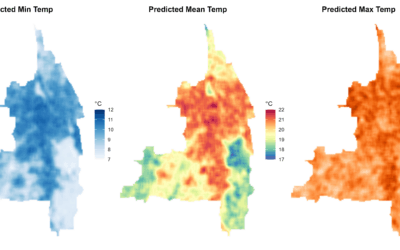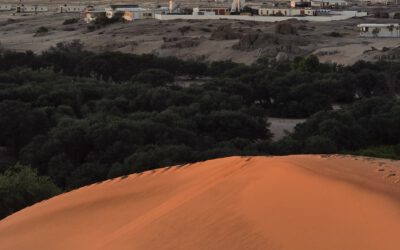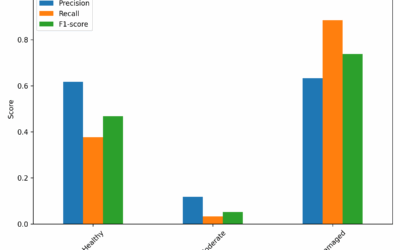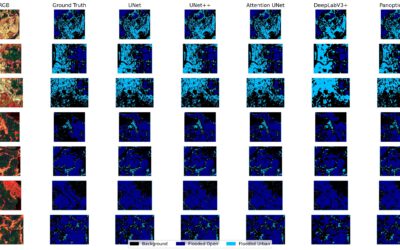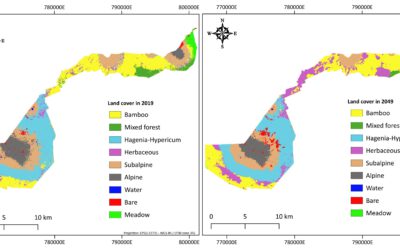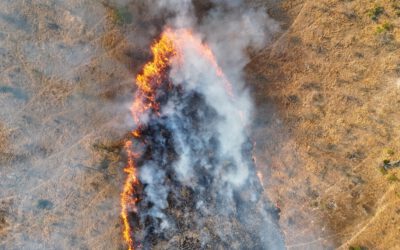
On Thursday at 10am Silvan Steiner will present his M.Sc. thesis “Assessing the Potential of a Land Cover Dependent Snow Cover Detection Algorithm for the Global SnowPack”. Due to the Covid19 situation his defense will be in a virtual course room. Everybody is invited to join.
from the abstract: “
Data on snow cover and its characteristics is essential for many scientific applications. Optical remote sensing poses a cost-effective way to acquire snow cover data over large areas and with a defined repetition rate. Snow cover in optical remote sensing data is identified using the unique spectral reflectance characteristics of snow. These spectral reflectance characteristics are the basis of the most common method for snow cover detection, the calculation of the Normalized Difference Snow Index (NDSI).
In this study, snow cover data acquired by the Moderate Resolution Imaging Spectrometer (MODIS) sensors is used. The MODIS sensors orbit Earth onboard of the Terra and Aqua satellites of the National Aeronautics and Space Agency (NASA). One of the MODIS snow cover data products is the daily snow cover product MOD10A1 respectively MYD10A1. MOD10A1 / MYD10A1 data again is the basis to the Global SnowPack, a set of refined snow cover data including snow cover extent and snow cover duration.
Until 2016, MODIS snow products were published under the collection 5 snow definition. The collection 5 snow definition is based on NDSI thresholding and especially accounts for snow detection in forested areas by including the Normalized Difference Vegetation Index (NDVI). Since 2017, MODIS snow products are published with a revised and adapted snow definition under collection 6. In contrast to collection 5 snow products, the NDSI values of identified snow cover are delivered. Furthermore, the special focus on the land cover type forest is left out. The changes in the collection 6 snow definition necessitate an adaptation of the Global SnowPack.
The presented new method for snow detection for the Global SnowPack determines a NDSI threshold for the land cover types forest and non-forest for each day of the hydrological year. These NDSI thresholds are calculated based on average NDSI values of daily MODIS snow cover data of three MODIS tiles spanning from Central Italy to North Norway. The newly developed Global SnowPack method is then processed for MODIS tiles covering the Alps, Canada, USA and Russia and finally validated using Landsat derived snow cover maps.
Although the significance of the results are limited by the quality of the applied validation data, the land cover dependent snow cover detection algorithm for the Global SnowPack is found to be promising for snow cover detection. Several suggestions are being made how the developed snow cover detection algorithm could be improved further.”



